
We’ve all been there before. It’s late at night, you’ve had a couple cocktails, and you want to pull out the ol’ drone for a spin. You know, night piloting. Then, before you know it, a tree jumps right into your quadcopter’s path, and it has crashed onto a nearby lawn in the dark.
So, is your drone a goner? Well, that’s a complicated answer.
First, there’s the booze issue. “We prohibit our members from drinking and flying any type of model aircraft,” says Dave Mathewson, executive director of the Academy of Model Aeronautics. Founded in 1936, the 175,000-member organization makes sure pilots like Drunky McDarkwing take to the skies in a responsible way. In fact, just last month the group teamed up with several other organizations, including the Federal Aviation Administration, to launch a “Know Before You Fly” campaign aimed at educating new recreational pilots. “We truly believe that most of these new enthusiasts who are purchasing this technology intend to fly safely and responsibly, they just lack the guidance that helps them understand how to do that,” he says.
For instance, the campaign urges operators who are flying for fun to keep their unmanned aircraft below 400 feet, stay at least five miles away from any airport, and remain within the pilot’s line of site. “This allows the operator to have situational awareness of the airspace around him and gives the ability of sense-and-avoid that is so prominent — and the number one priority — for all operators in the national airspace,” says Mathewson.
But these guidelines are aimed at recreational users, and aren’t necessarily intended for people who want use a drone to check their gutters for leaves. In fact, according to Mathewson, those uses aren’t even authorized. “It’s an incredibly gray area,” he says. “The FAA will tell you that there are no guidelines under which you can do that, although we also know that there are probably thousands of operators out there right now that are using the technology for various things including checking out your roof. We know that there’s search and rescue activity taking place.”
According to Mathewson, the FAA is working on special drone regulations, but they that have been delayed several times since 2009. he says. “Once these regulations are put in place, this will define how other uses of the technology can operate in a national airspace.” Wait, what? National Airspace? Yes, technically, the air above your roof falls within the National Airspace, which is why you need to keep your drone below 400 feet.
Drone Country: See America From Above


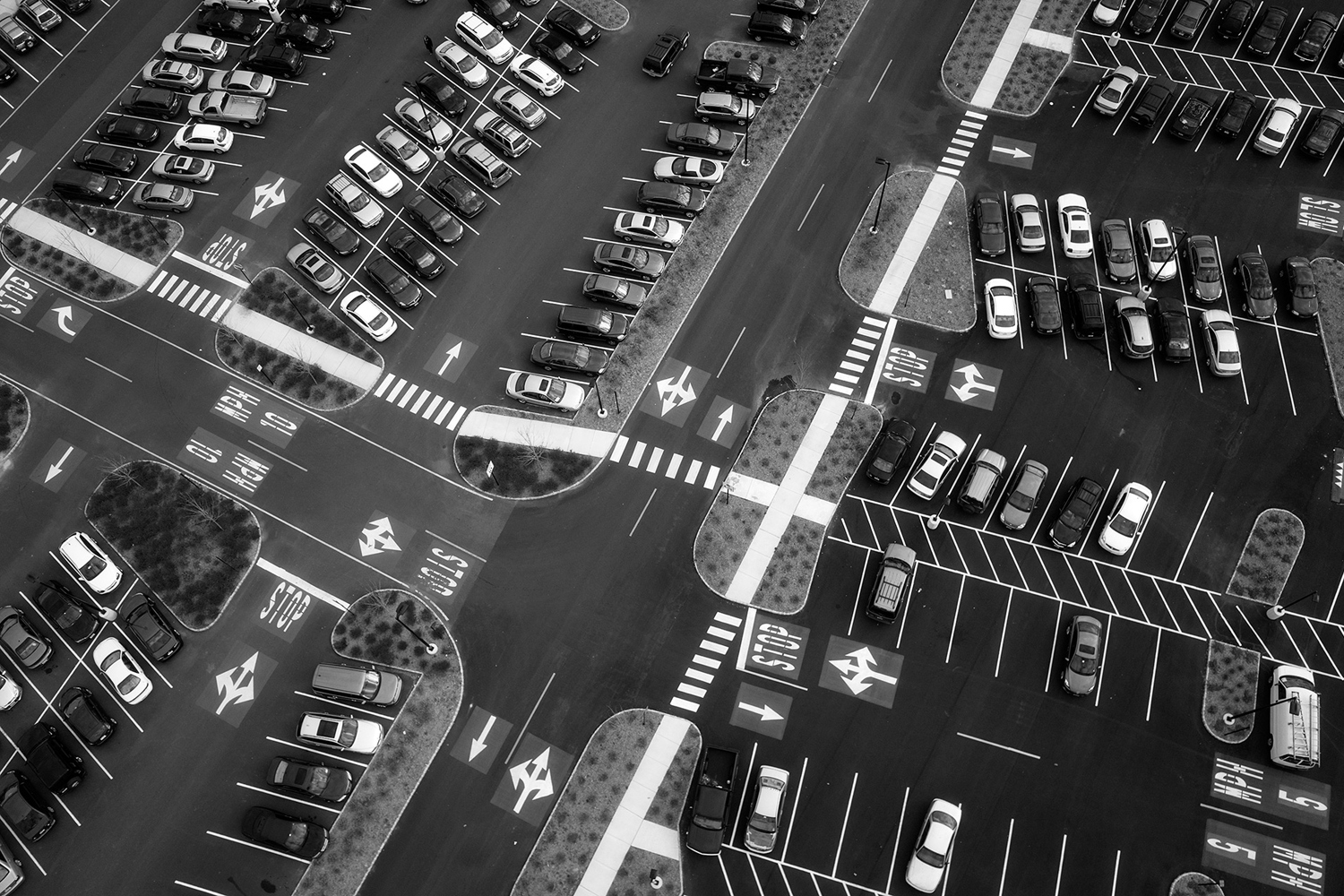
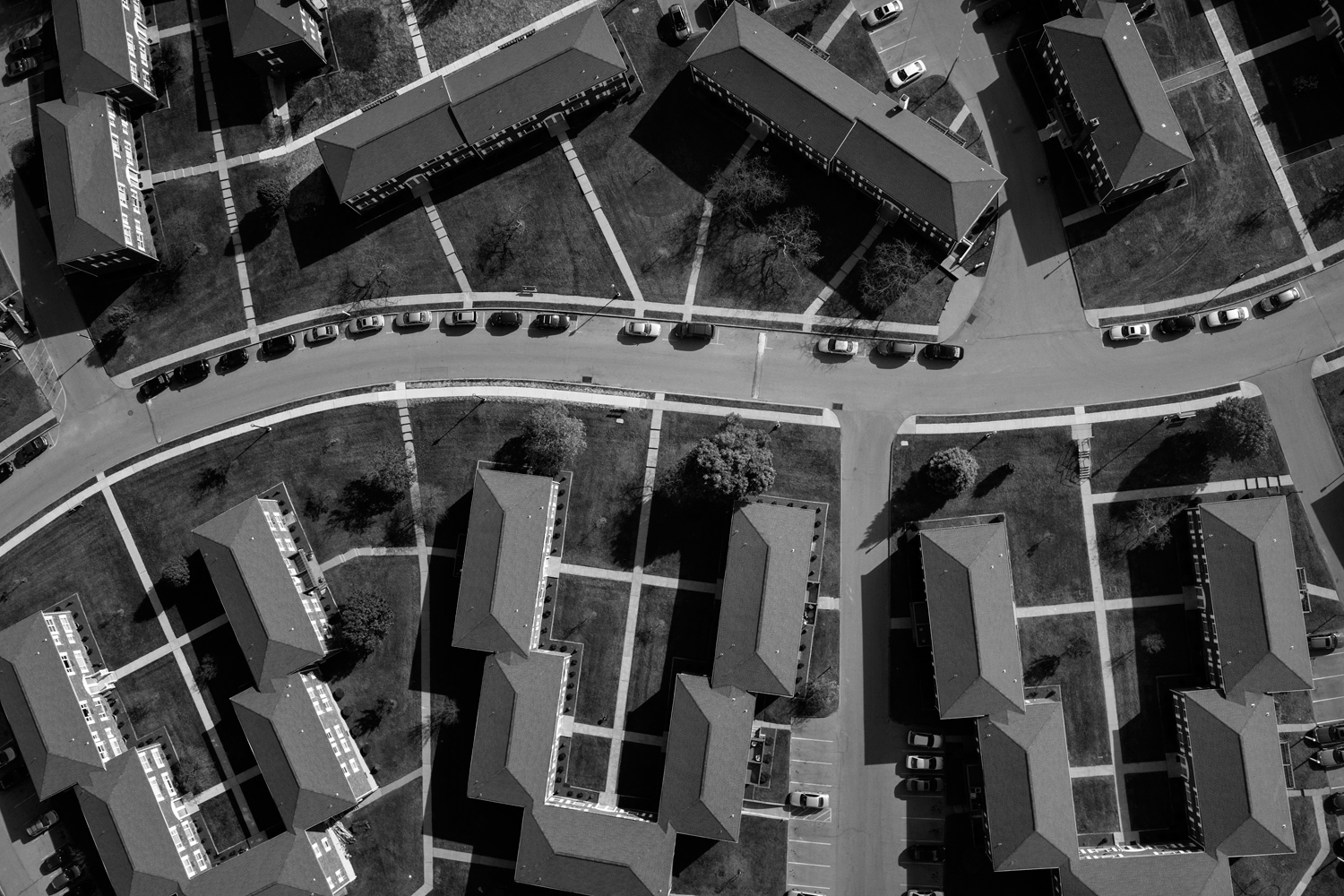

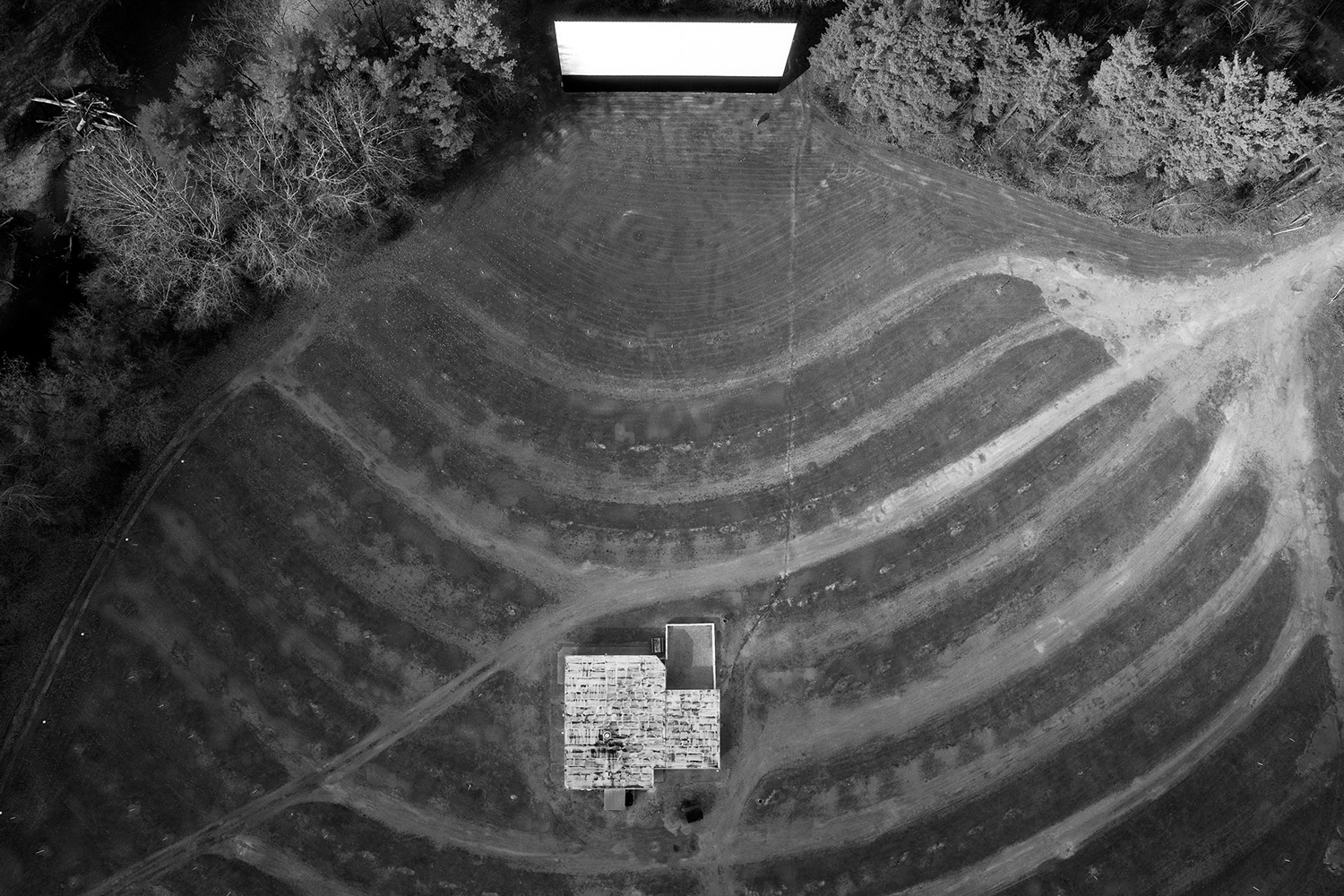
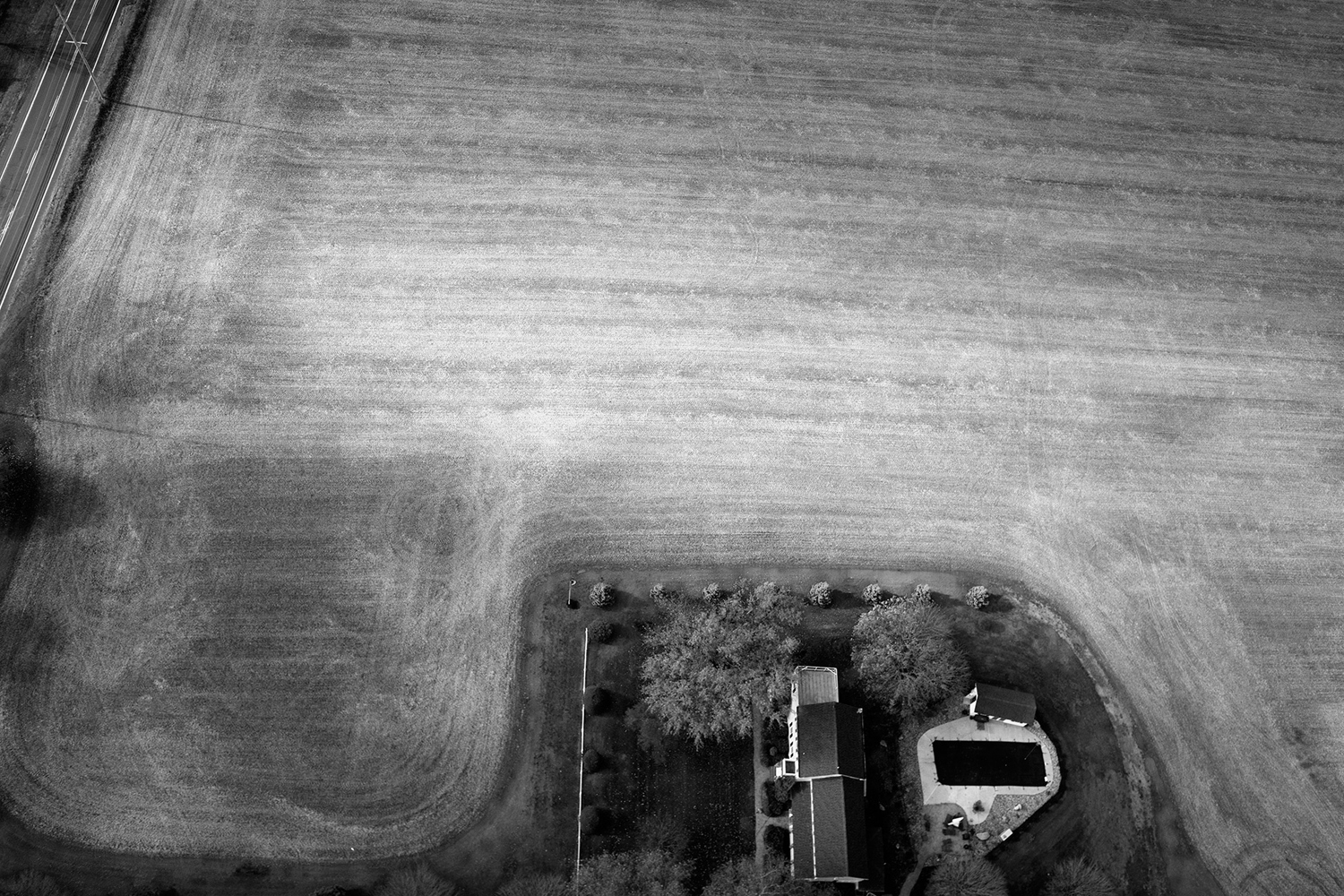

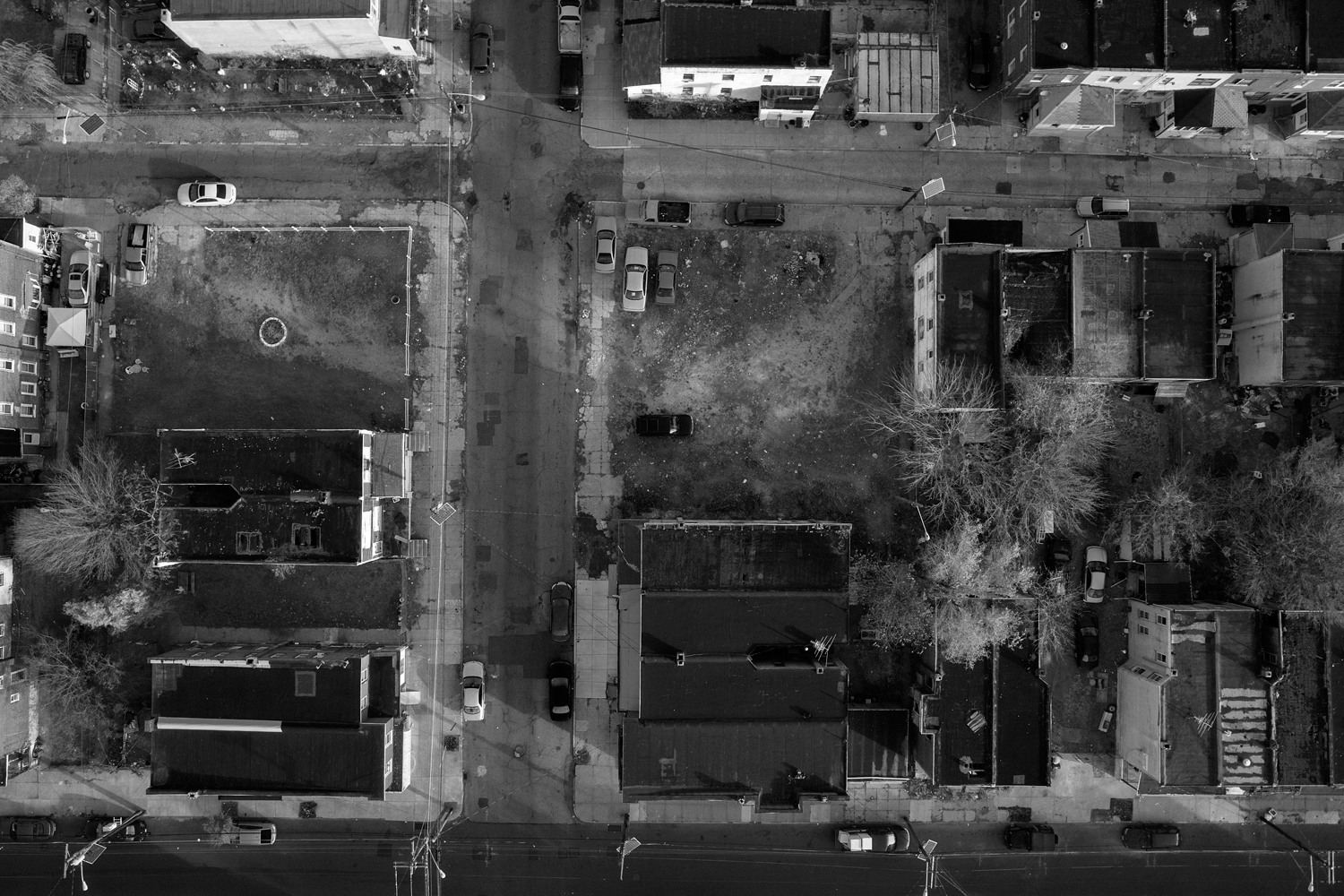
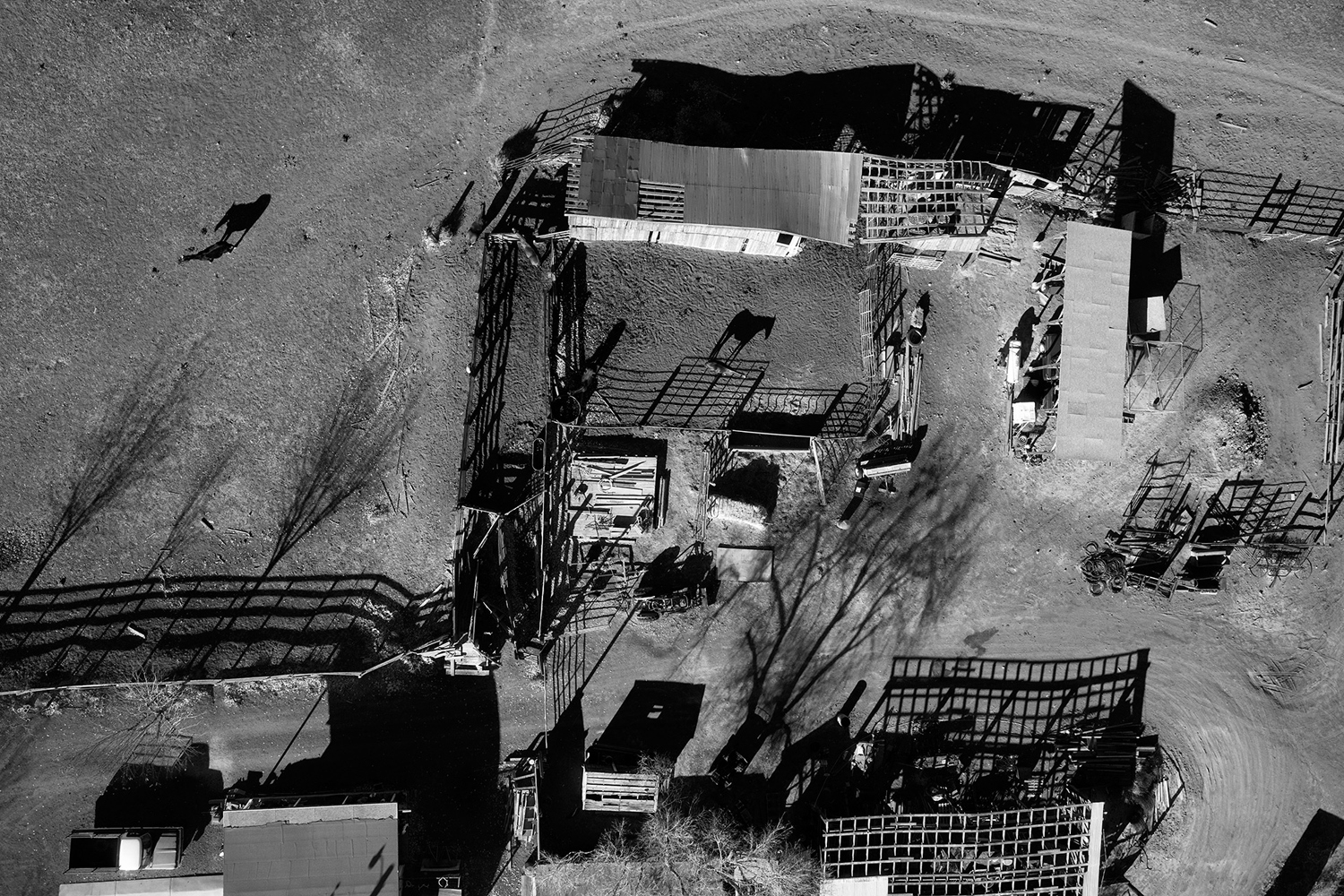

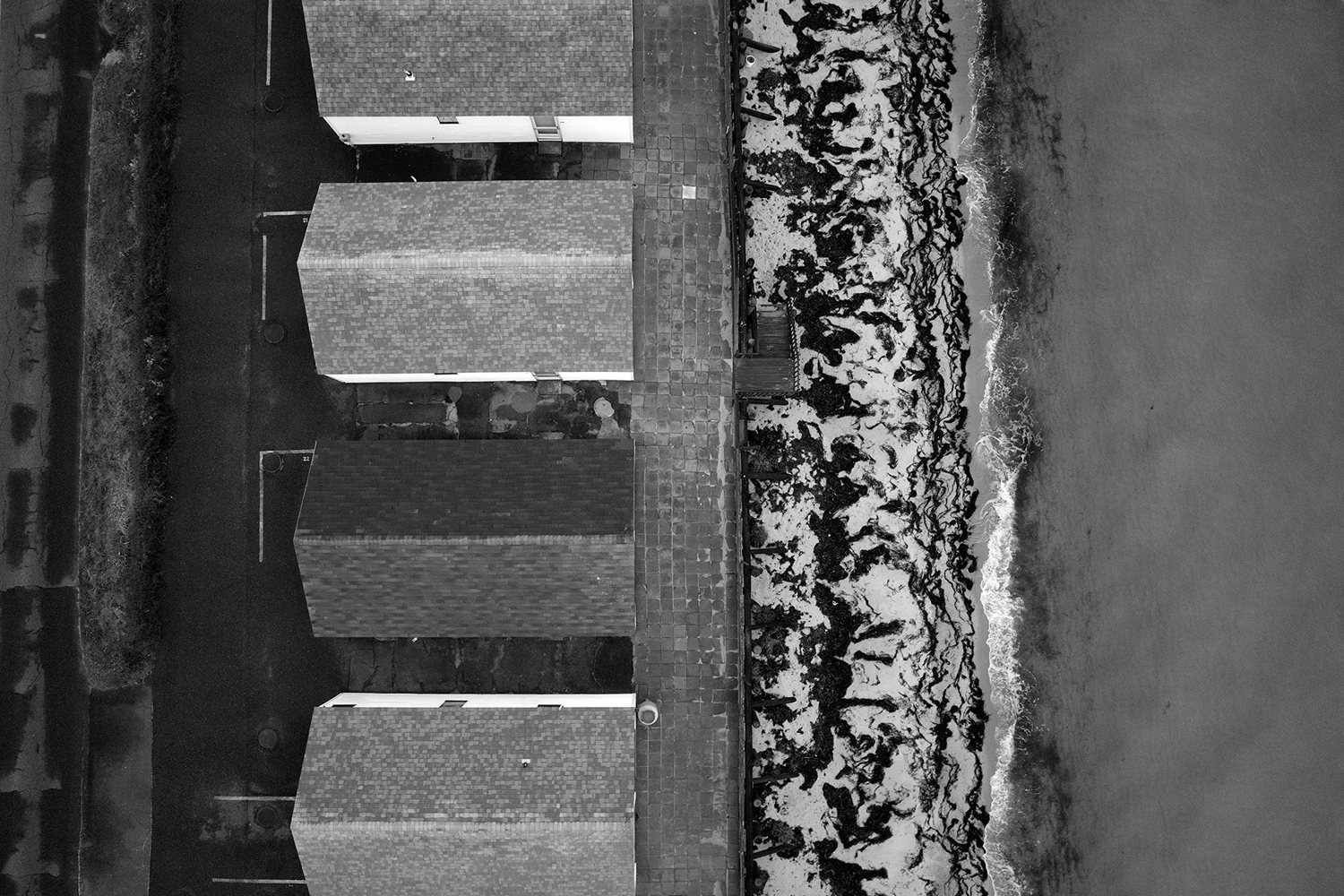
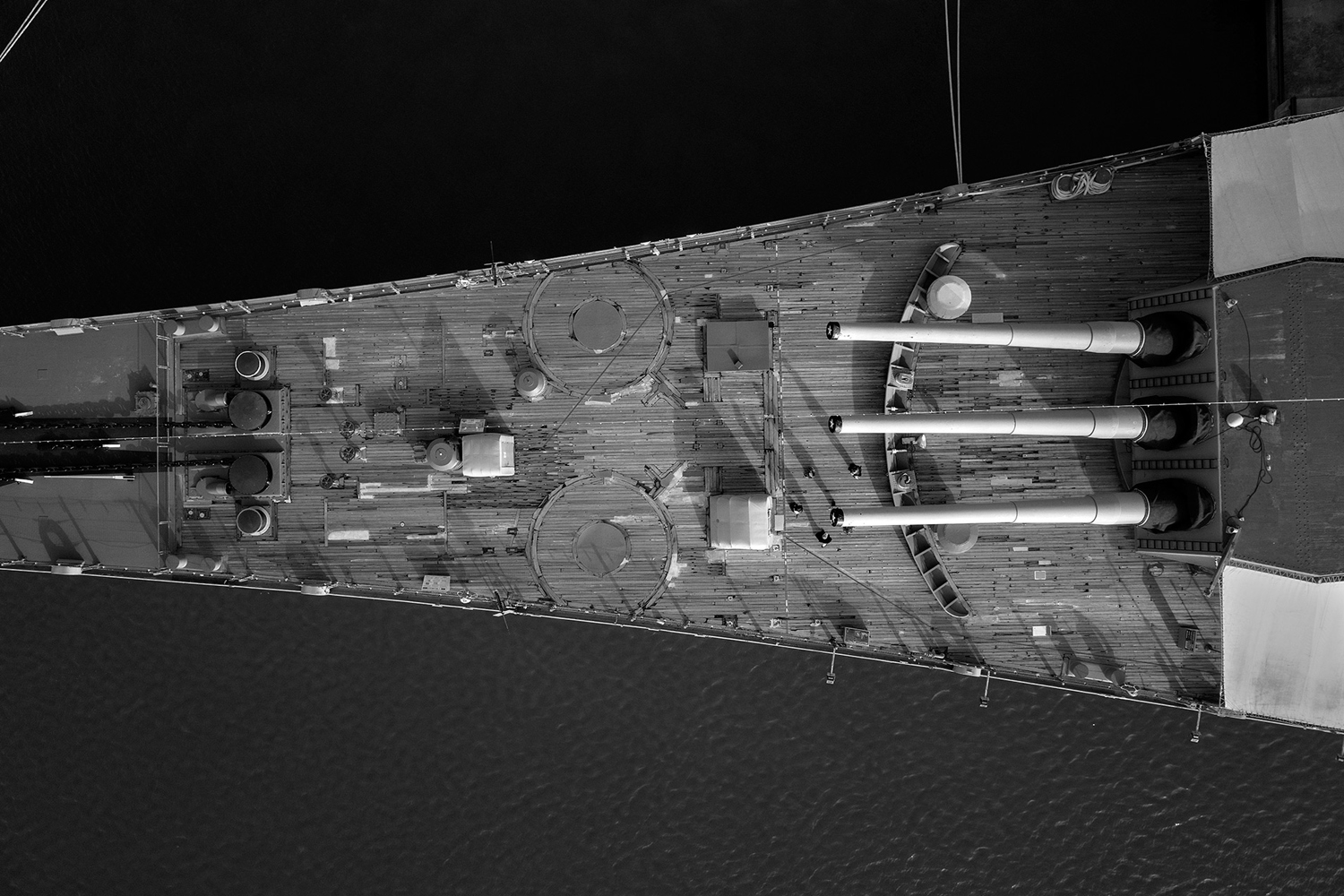
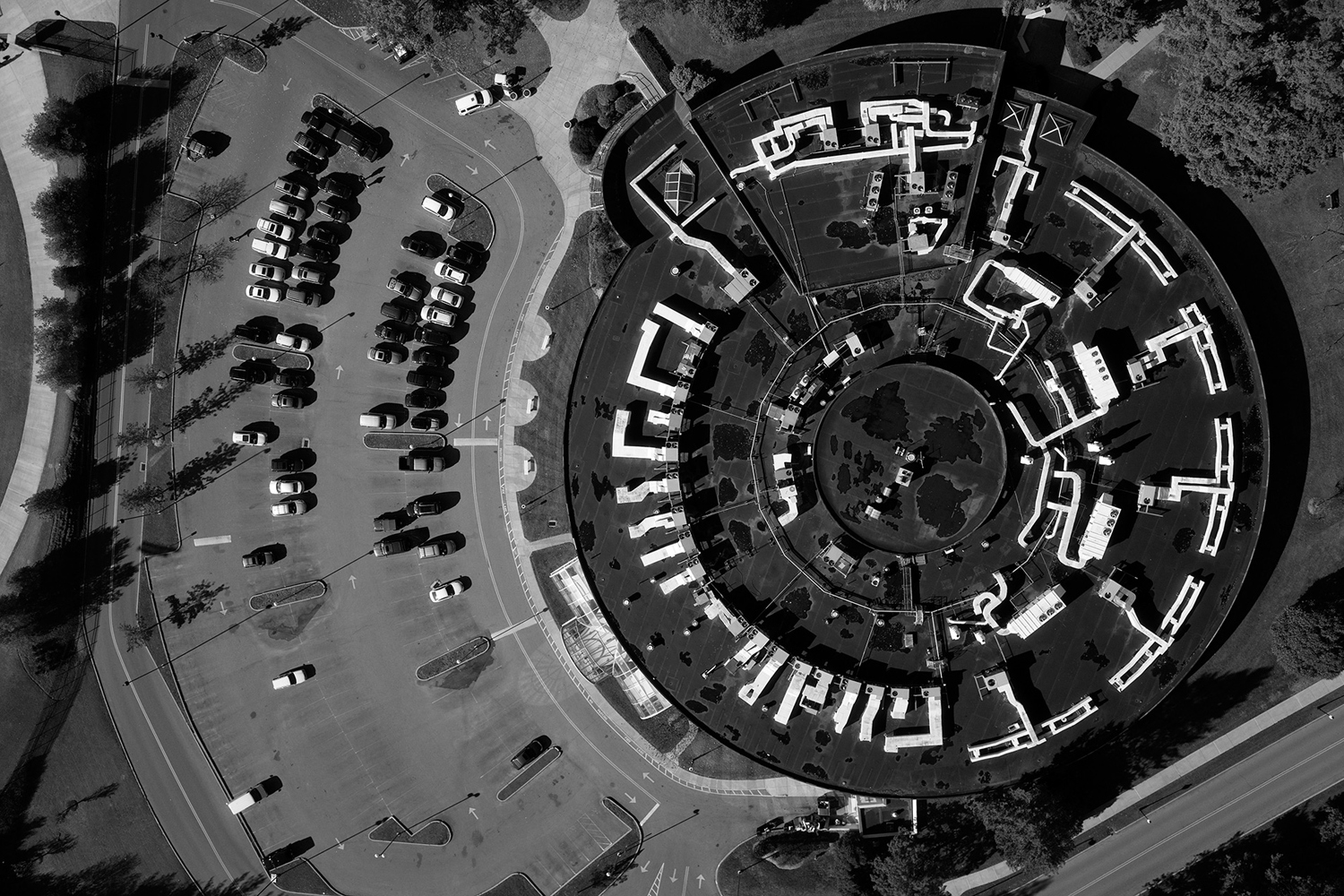
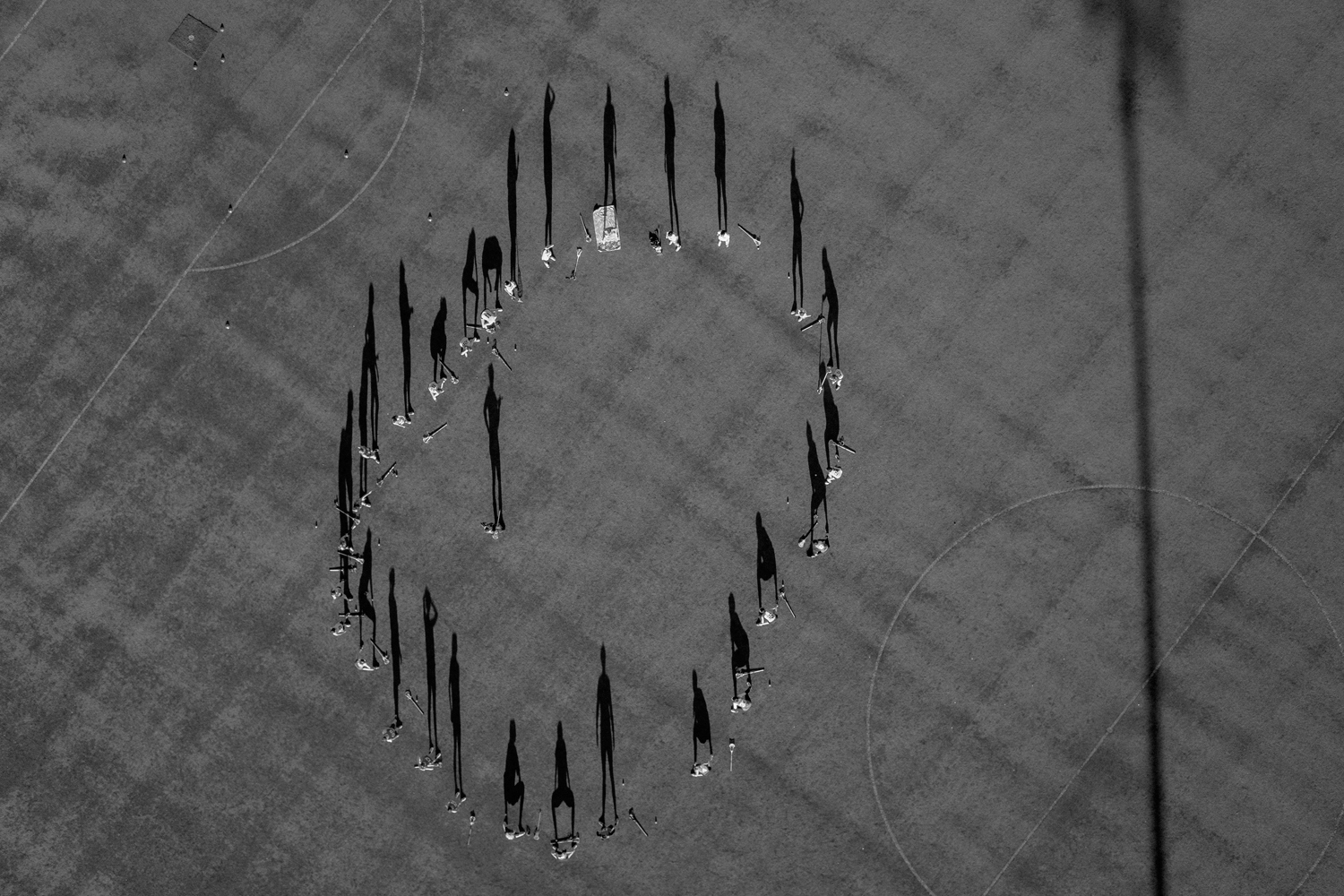
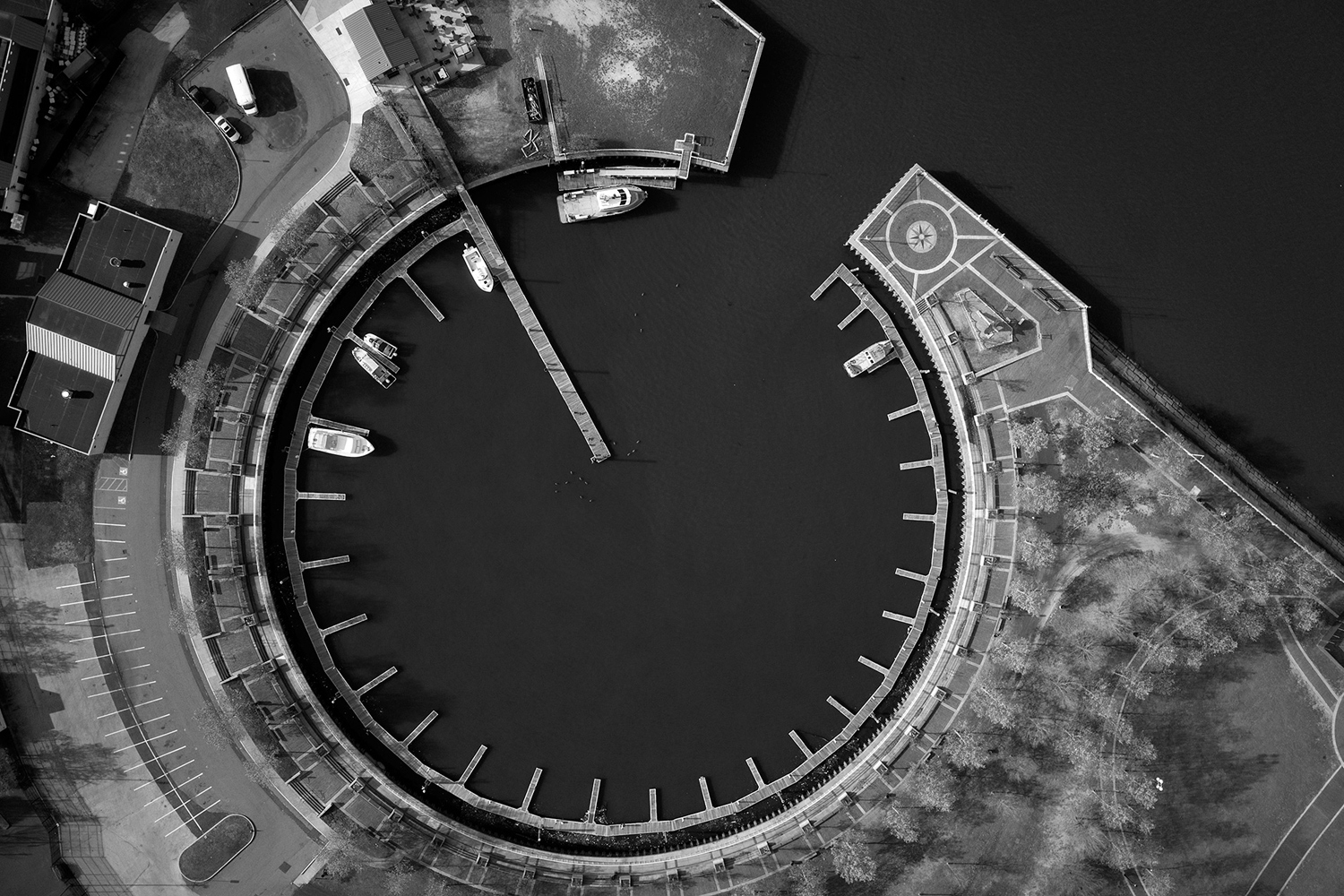
All these guidelines say nothing about using a drone to make a buck. That is another tangle of law and regulations that the FAA has only recently begun to sort out. In general, the FAA requires civil operators to apply for a Special Airworthiness Certificate, something akin to a pilots license, and commercial users have to apply for an exemption to fly for profit. As of early January, the FAA had granted just 12 exemptions in response to the 214 requests it has received — a logjam no doubt made more complicated by drones’ rising popularity. “In fairness to the FAA, this is a challenging endeavor for them,” says Mathewson. “The technology is evolving so quickly that it’s been difficult for the FAA to keep up.”
If this answer to the crashed drone question seems to have veered off course, it hasn’t. The FAA has to consider not just everywhere drones can go, but who can pilot them, and what these devices can do. For instance, though it would seem like common sense anyway, the government agency even had to issue a flight restriction over the Super Bowl. It has also been pulling together resources for law enforcement agencies tasked with investigating unauthorized drone activity.
And when it comes to retrieving your drone, it may come down to boring, old property law, which is largely jurisdictional. Common law states that whoever owns the property where your drone crashes can keep it, until or unless you come to retrieve it. In some places, statutes require that people turn lost personal property over to a government official, and if it has not been claimed after a period of time, the original owner’s rights expire. Now, if your neighbor just so happens to live at 1600 Pennsylvania Avenue, you’re in luck. The authorities were nearby, and snapped up your drone right quickly. Also: Don’t ever do that again.
More Must-Reads from TIME
- Donald Trump Is TIME's 2024 Person of the Year
- Why We Chose Trump as Person of the Year
- Is Intermittent Fasting Good or Bad for You?
- The 100 Must-Read Books of 2024
- The 20 Best Christmas TV Episodes
- Column: If Optimism Feels Ridiculous Now, Try Hope
- The Future of Climate Action Is Trade Policy
- Merle Bombardieri Is Helping People Make the Baby Decision
Contact us at letters@time.com